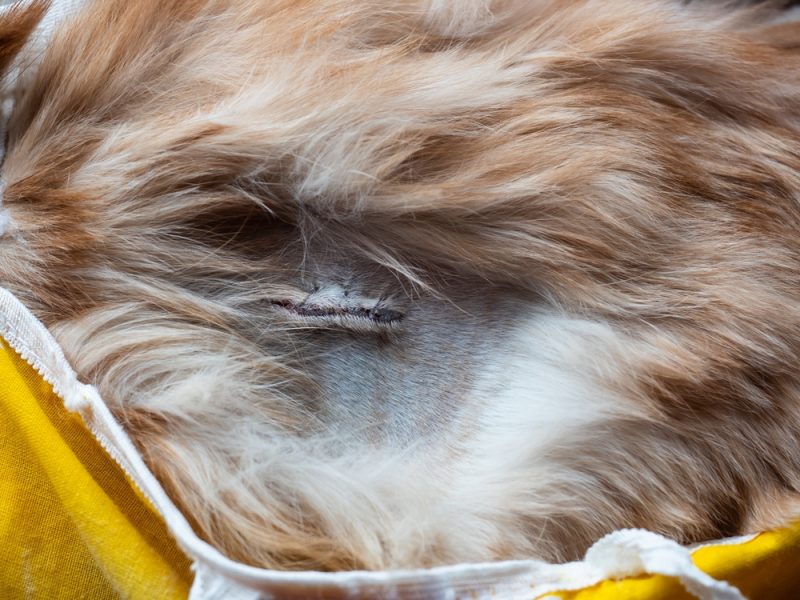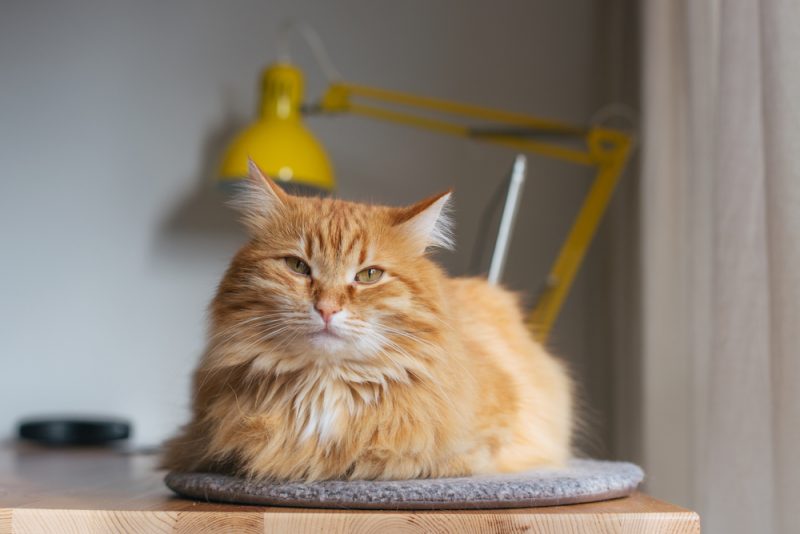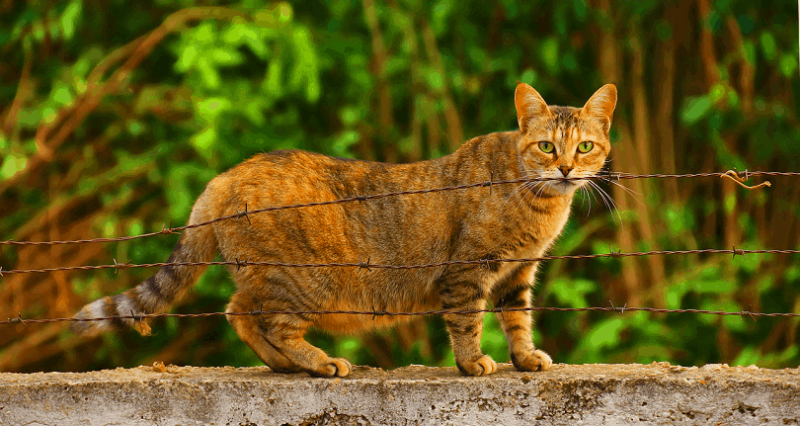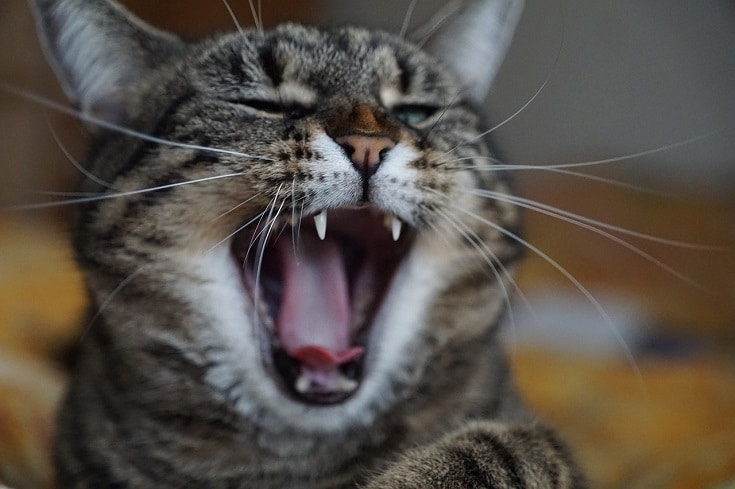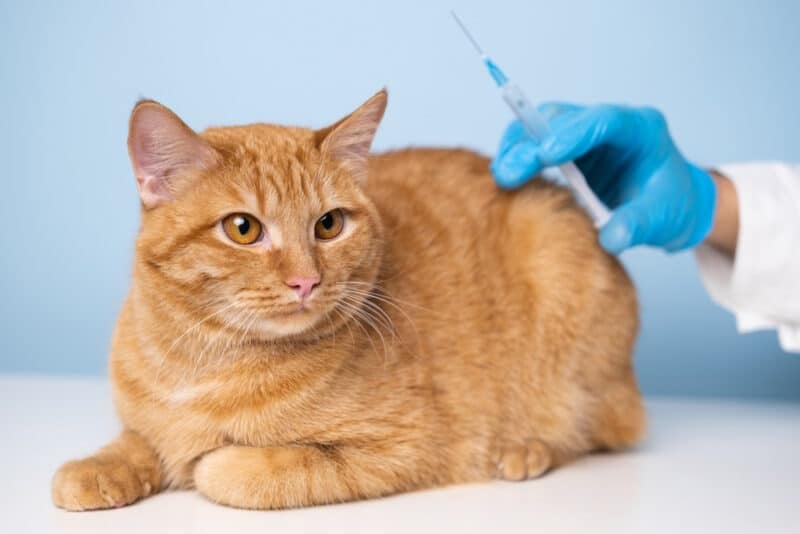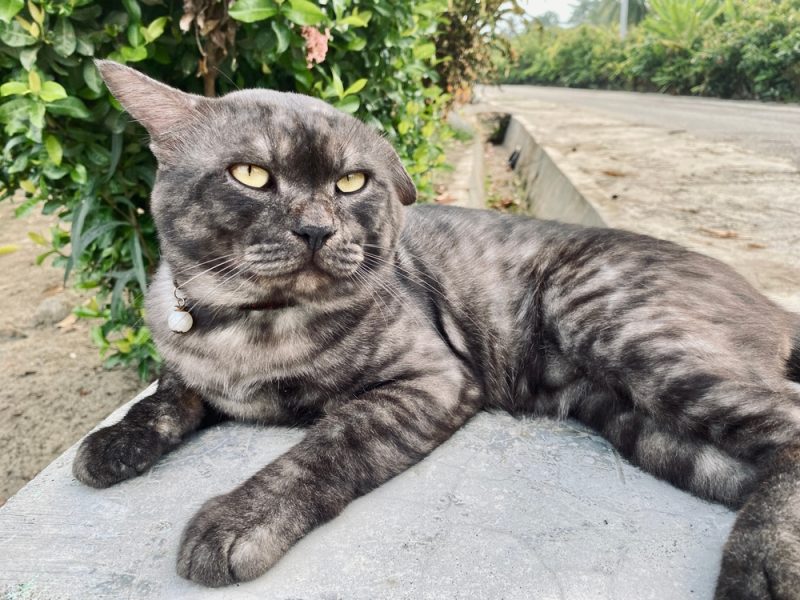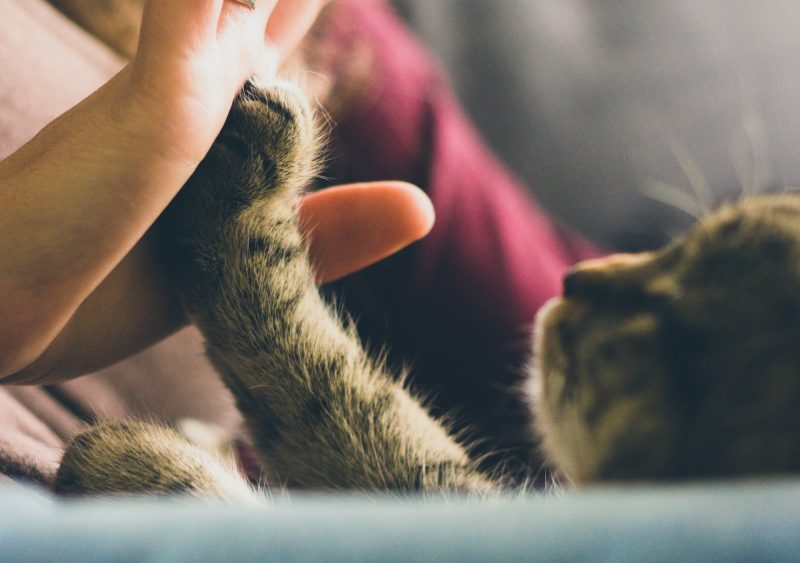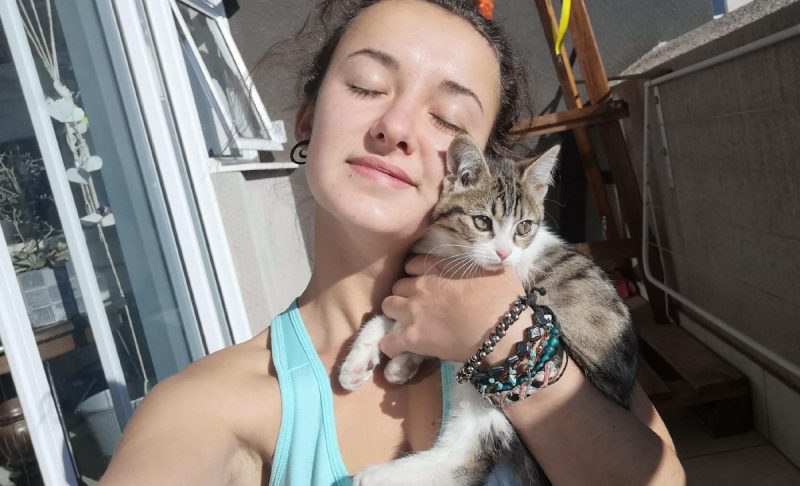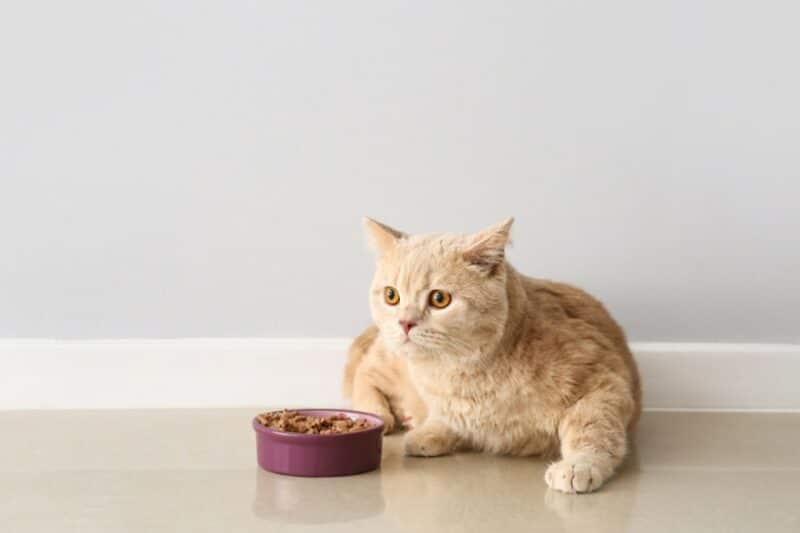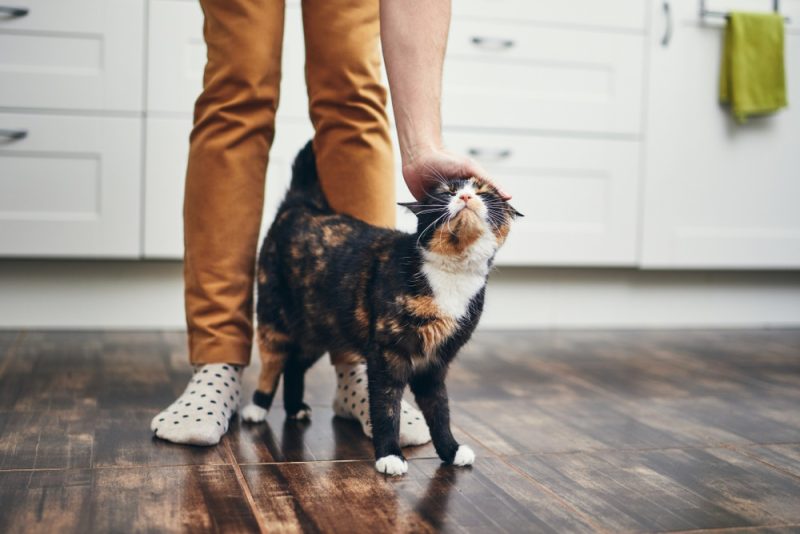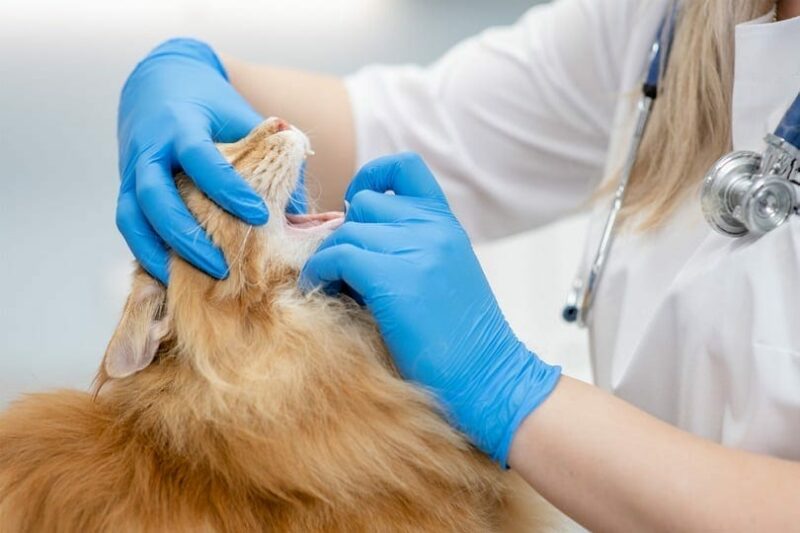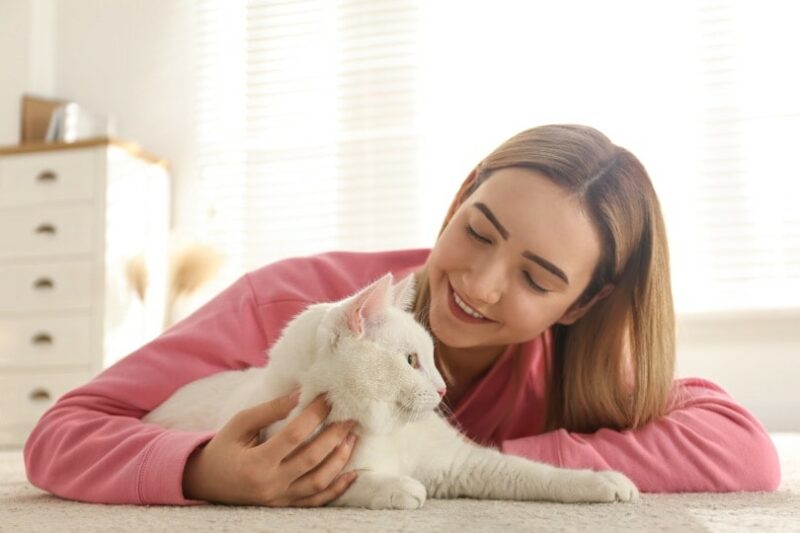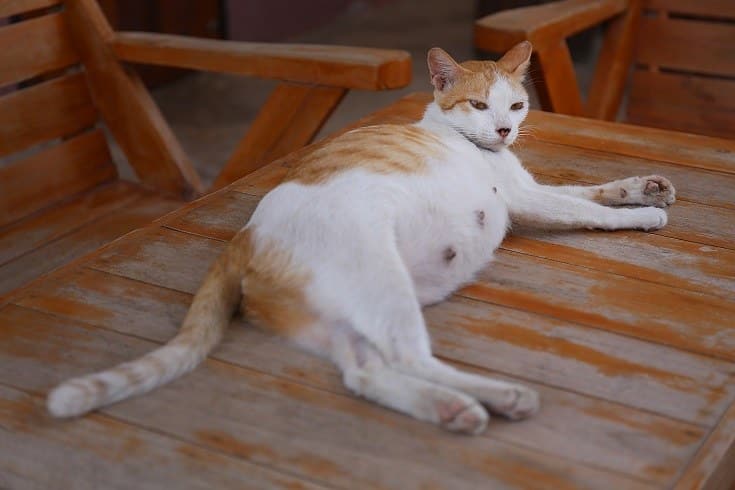In this article
As a responsible cat parent, you know that spaying your cat is the right thing to do for her health and happiness, as well as to eliminate the risks of her becoming pregnant and adding to the number of cats needing homes. Knowing this doesn’t necessarily make it easy when the day comes to leave them at the veterinary hospital for their surgery, and when something goes wrong, you’re bound to panic.
As the most common surgery performed on female cats, there is always a chance of postoperative complications, but fortunately, they are relatively uncommon and almost always minor. Often, the biggest problem we see with cats after this operation is that they feel fine very shortly after surgery, and they don’t always rest up as much as we’d like, which can result in swelling or inflammation of their wound and could even cause the wound to open.
Sometimes, sutures might break and a cat’s spay incision will open up, even if they have been taking it easy, which will undoubtedly cause you to worry.
Here’s the good news: Your cat will almost certainly be just fine, but you do need to take them back to the vet.

What Will Happen if My Cat’s Spay Incision Opens Up?
The first thing you’ll want to do is make sure your cat can’t lick the wound by placing a surgical collar, shirt, or onesie on your cat until you can get them to the vet. It would also be sensible to confine them, either to a very small area or in their pet carrier.
What happens next will depend on how recent the surgery was, what part of the wound has opened, and by how much.
If only the skin has opened up a tiny bit, the vet may just recommend that you prevent your cat from licking the wound and keep them confined until it heals. If the skin has opened more than 5 millimeters, or if the muscle layer has also opened, the vet may need to give your cat a sedation or anesthetic to clean and re-suture the incision, or they might just use skin staples to close the skin.
If your cat’s wound has become infected, it is likely that they will need antibiotics, and the incision may need to be cleaned and re-sutured.
If you need to speak with a vet but can't get to one, head over to PangoVet. It's an online service where you can talk to a vet online and get the advice you need for your pet — all at an affordable price!

Why Would My Cat’s Spay Incision Open?
- If the cat has managed to lick or chew their wound.
- If the cat has been active, such as running or jumping.
- If there is swelling around the wound.
- If the suture material breaks.
- If the wound becomes infected.
Although you and the vet will have taken all precautions against any of these events, like using a surgical collar to prevent licking, sending your cat home with anti-inflammatory medication, or keeping them confined to a small room, it is impossible to tell a cat what to do (or what not to do), and sometimes complications just happen.
Most of the time, it is just the skin layer that might open up, but sometimes, the muscle layer could open as well. Most of the time, cats don’t seem to be in pain or even bothered when this happens!
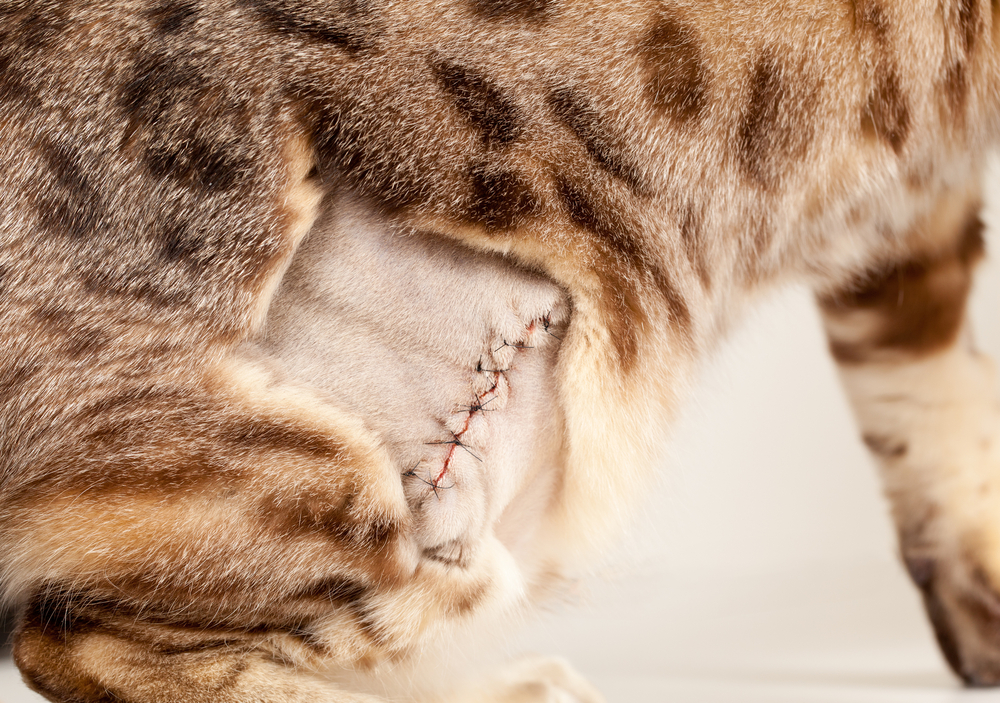
Cat Spay — What’s Involved?
Most cats are spayed via a small incision in the midline of their abdomen, although some vets use a technique called a flank spay, where the incision is on the side. In either case, the incision is made in the skin, through a very thin subcutaneous layer and through the abdominal muscles, into the abdominal cavity. The blood supply to the uterus and ovaries is tied off, and the reproductive organs are removed (ovariohysterectomy).
In cats, this is usually quite a straightforward procedure, as the ovaries are quite mobile, making them easy to get to without causing much disturbance, and feline blood vessels are so tiny that there is usually very little bleeding.
The incision is normally closed in two separate layers: the muscle layer and the skin layer. The sutures that close the muscle layer will eventually dissolve, but this can take at least 3–4 months. The skin may be closed in a number of different ways, but there will usually either be nylon sutures on the outside of the wound or intradermal sutures placed within the skin layer, which will also dissolve in time.
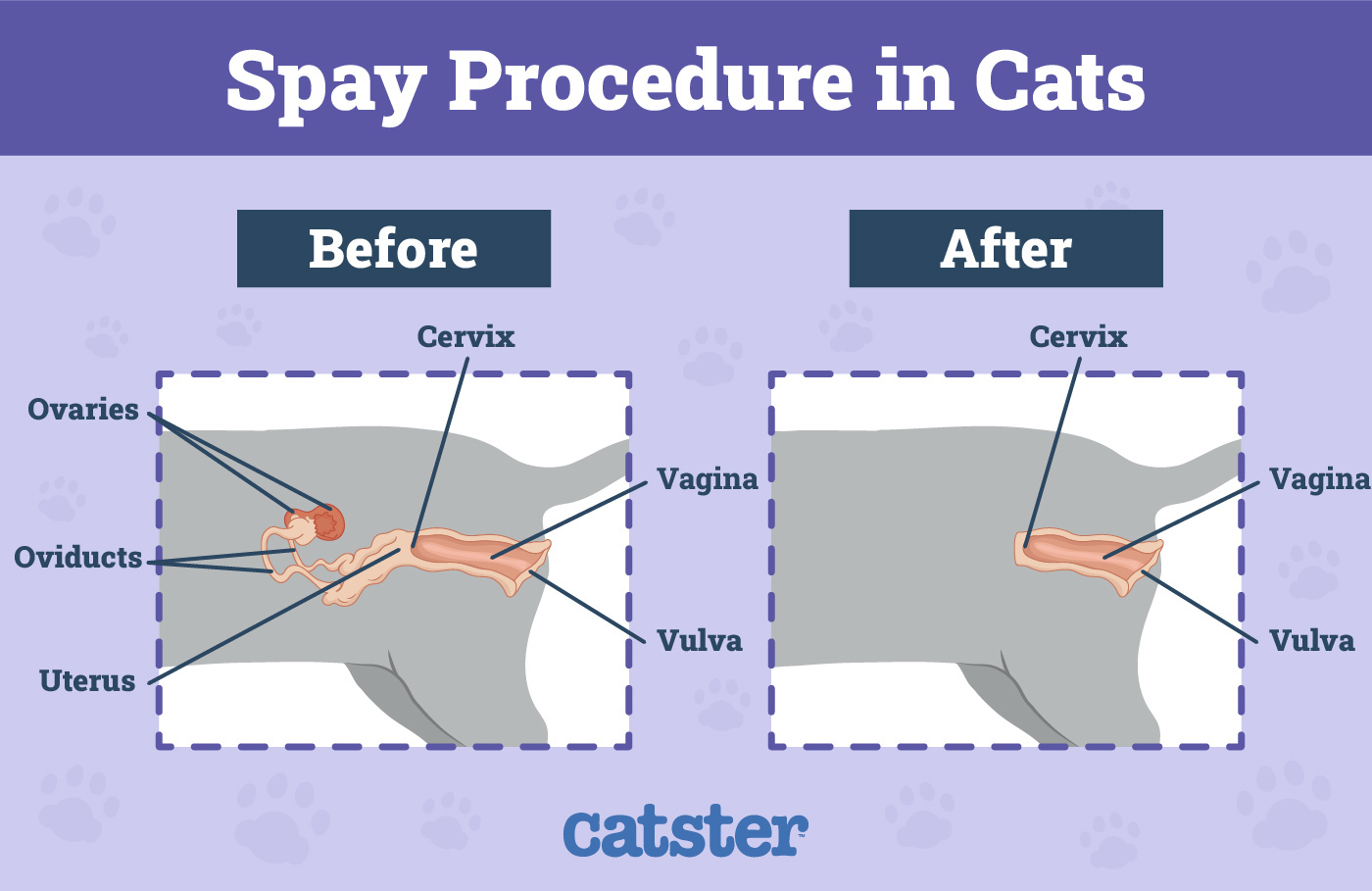
Could My Cat Eviscerate Through the Wound?
It is possible, but this would be very rare. Firstly, most cat spay wounds are quite small and would not usually allow more than a tiny bit of abdominal fat to peek through. Secondly, most of the time, the muscle layer stays closed, even if the skin has opened a little, and this is the important layer in terms of keeping everything inside.
The flank spay approach is often used in feral cats if they cannot be kept inside for very long. The reason is that if the wound opened up on their side, gravity makes evisceration almost impossible.

Final Thoughts
Although cat spays are a common and relatively straightforward procedure, complications can still occur. If you notice that your cat’s spay incision is slightly open, there’s no need to panic, but get in touch with a vet for guidance. They will check for signs of infection, check that the muscle layer is intact, and decide whether or not the wound needs re-suturing.
Prevention is always the best medicine, and keeping your cat confined to a single room, making sure they can’t run and jump, and using a surgical collar (cone of shame) to prevent them from licking their wounds are the best ways to reduce your cat’s risk of post-op complications.
Featured Image Credit: DreamHack, Shutterstock
